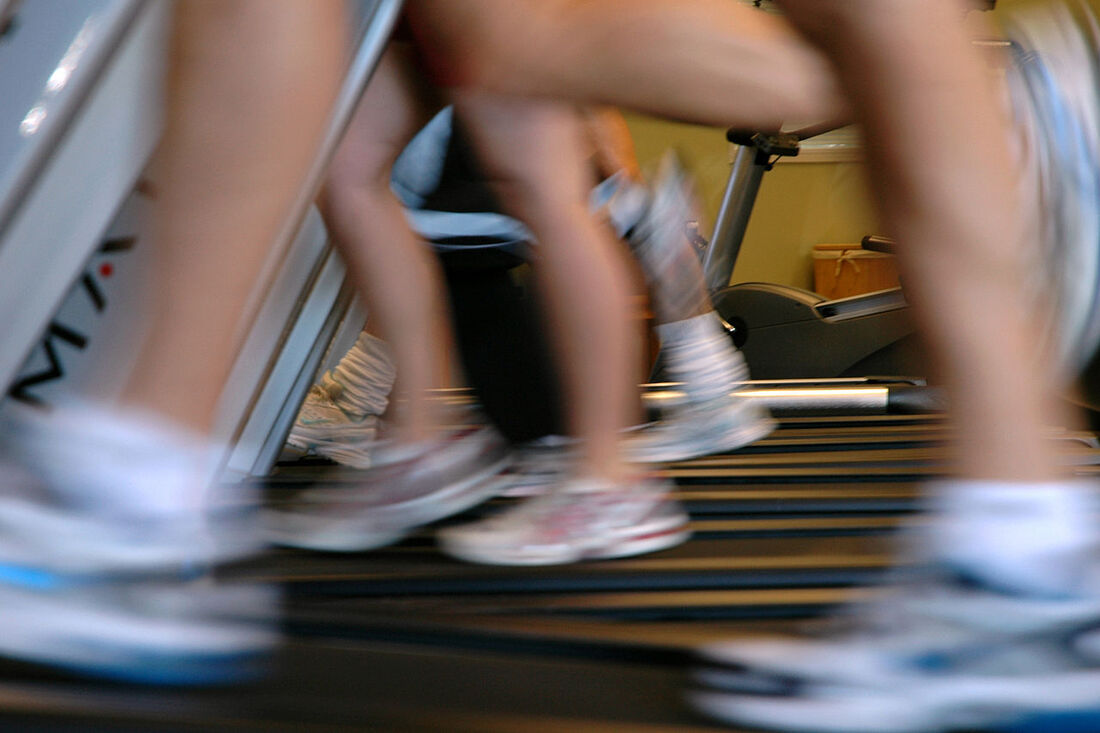|
SEARCH My Blog (Opens in new tab)
Have fun retraining your brain to fix your sore kneesWalking better will give you a better posture, a visceral pleasure in propelling your body forward and may help you live longer. And you won't even have to look like a serious walker. Even better, it will rebalance your body and ease some of your pains, especially if you have been using treadmills too much. Somehow I untrained myself in how to walkSomewhere between being a child and an adult, I untrained myself how to walk. It took me 50 years to realise my mistake! Walking well is our most primordial athleticism. When we pass 50, how we walk starts to throw out markers indicating our path to mortality. The less speed, the more we hasten our passing - as we get closer to that time we stoop, rotate our feet outwards, and begin to shuffle. That decline in our walking poise, posture and stamina comes about mainly because of the loss of skeletal muscle as we grow older - called sarcopenia. Physically inactive people can lose as much as 3% to 5% of their muscle mass each decade after age 30. By age 60, if we've been inactive, we may have only 85% of the muscle mass we had at 30 years old. We will no doubt weigh more, which means we are carrying a lot more fat. Sarcopenia is not benign bodily transformation - it is a silent killer, the same as excess sugar and being diabetic. In people over 55, muscle mass and strength are directly associated with expected lifespan - having more means "lower all-cause mortality". Walking better will help you retain your muscles, reduce your weight, make you look taller, give you better balance and reduce your risk of exercise injuries. Here's how to retrain your brain to walk betterMost of us walk by contracting the muscles in our forward leg and pulling ourselves forward. I did, but I didn't realise that I was doing that until I learnt how to walk better. Take a walk and feel that sense of gripping the ground with the toes of your forward foot to pull yourself forward - did you feel it? Walking better means propelling ourselves forward not pulling ourselves forward. Here's how to do it:
If you are like me, you will keep slipping back into pulling yourself forward. Changing is hard to do. Our brain has spent decades reinforcing the neuro-muscular pathways which give each of us our particular gait. The last thing that our mind wants us to do is to waste energy thinking about walking. So we have to be firm, stay consistent, and keep trying. It's interesting to retrain our brain. When you slip out of the new pattern, just reset your thoughts and get back into the propelling movement. Better muscular balance means less pain more actionPushing yourself forward will build better muscularity right up through your posterior chain - the muscles on the backside of our body from the back of our head down to our heels. The posterior chain is the powerhouse of our body, and keeping it tuned up by walking better will help reduce injuries in other activities, as well as create a more robust posture. Key muscles in our posterior chain are our hamstrings and glutes. Walking better improves our hamstring strength and our glutes, which are often out of balance with our quads and hip flexors. This is important because sitting at our desks for too long slowly moulds us into being anterior-chain dominant - resulting in tightened hip flexors and quadriceps. This tightness often manifests itself in lower back pain. The relative weakness of our hamstrings and glutes is made worse by walking or running on treadmills. That's because the treadmill reduces our hamstring-glute "push" action since the belt is essentially pulling our legs back. When your hamstrings and glutes are relatively weak, it shows up as knee pain, lower back pain and lack of ability to push your legs hard at the finish of a good run. Building any muscles is good - but it's better to build them in balance with each other as that reduces your chances of injury. Walking better will help rebuild that right balance between your muscles which will give you better balance in your movements. A delightful new spring in your stepRemember to relax your front leg and foot as you walk, lightly raise your toes in your front foot, and tune your brain into the rhythm of pushing off your back leg. You are no longer falling forward but you are pushing yourself into what I call a positive strong posture as you move across the ground. As you begin to get into the rhythm of walking this way you will feel it in your glutes — which demonstrates to you why you need to develop them more. Take that twinge in your glutes as your sense of satisfaction. You’ll notice the delightful new spring in your step, and feel a new flow over the ground beneath you. And your friends will notice too. Good luck. > More posts to help you with EXERCISES > More posts to help you with DIABETES > If you are a @MEDIUM reader my publication Body Age Buster has hundreds of categorised posts which I have written especially for men and women over 50. Follow me on Quora for more health and fitness tips.
If you valued this article >> Follow me Leave a comment >> Share it >> Stay healthy If you have any questions email me and I will get back to you. Latest: get your free customised fitness plan designed uniquely for you.
|
ChoicesSince I was diagnosed at 50 with Type 2 diabetes I've been learning how to do bone-building fitness training which lowers my age. You can too. It's your choice. Walter Categories
All
Archives
May 2023
|




 RSS Feed
RSS Feed



